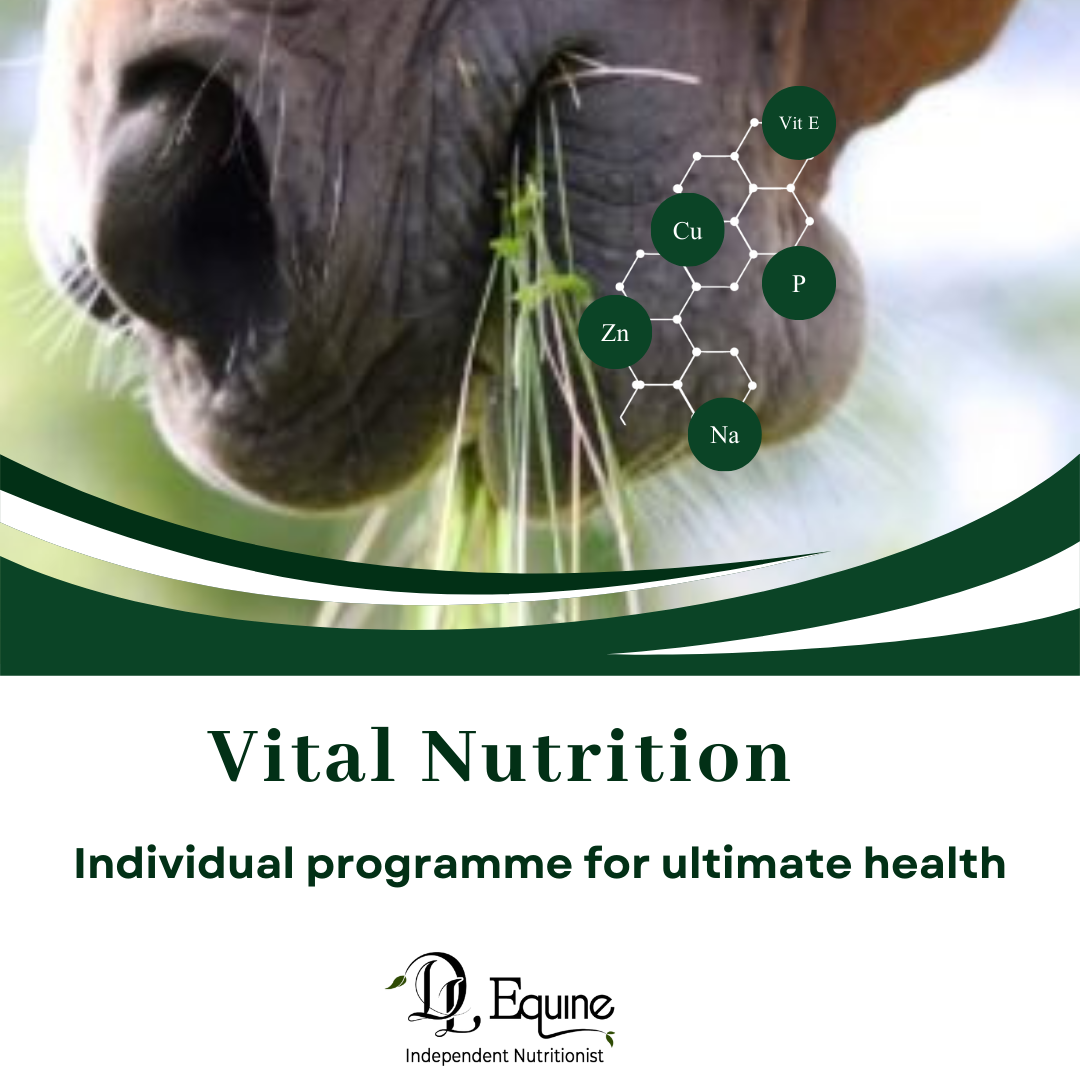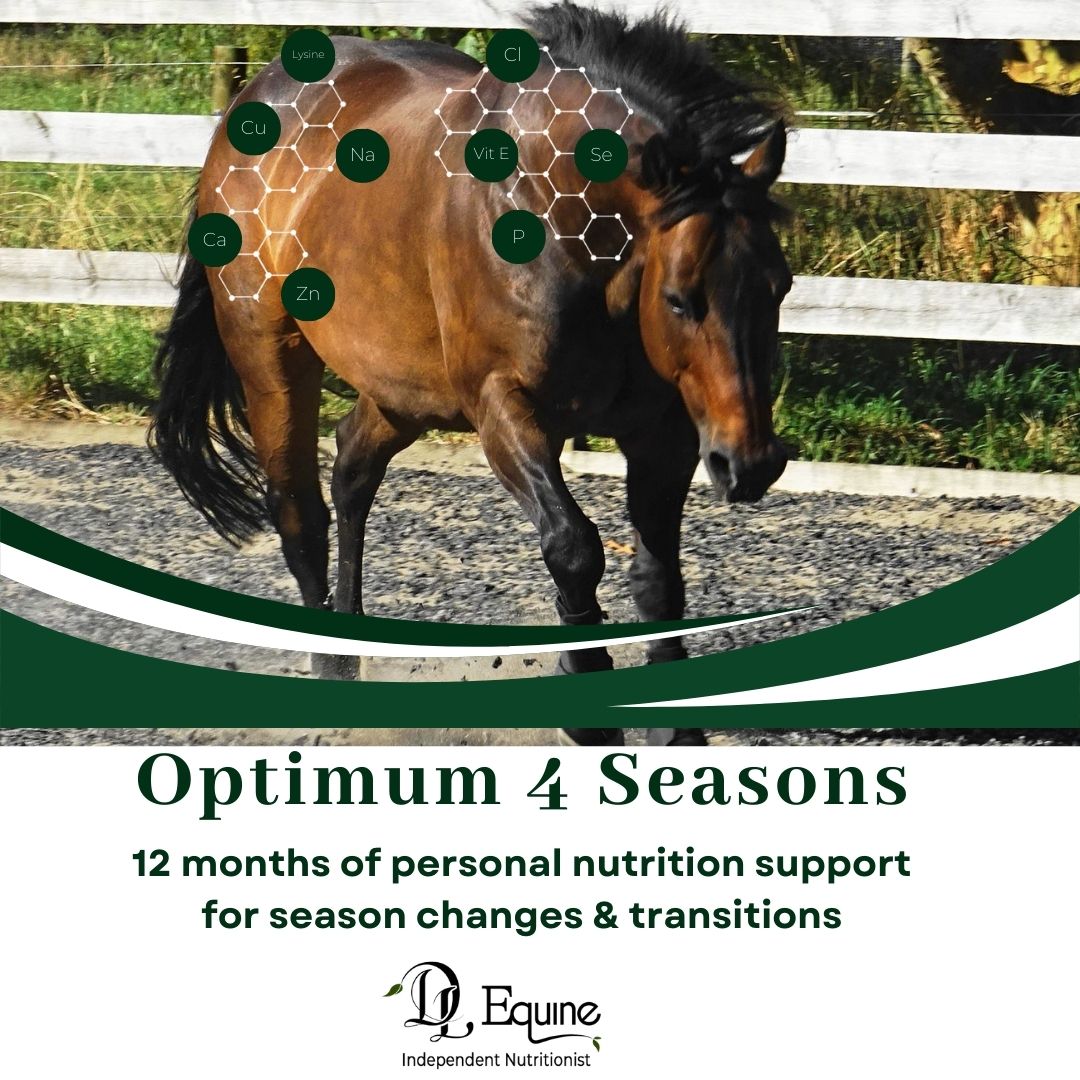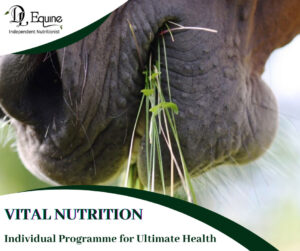A conversation I had with a lovely client about her PPID horse last week reminded me abruptly that its that time of year again (isnt it always?) when we need to be really vigilant with horses whom have PPID or EMS issues.
And before I go any further I want to tell you that this cleint has had her horse on a great nutrition programme with me for 6 months and this has resulted, (in addition to drug therapy) in a decrease in insulin levels. This is fabulous progress, and will aid in the prevention of the dreaded laminitis, as you will understand if you read on…
What is PPID?
PPID = pituitary pars intermedia dysfunction (PPID), also known as Cushing’s disease
IR = Insulin Resistance (also known as Equine Metabolic Syndrome = EMS)
Why are these are particular worry now?
As in NZ (and Australia) we commonly have super flushes of grass horses with PPID and EMS are particularly at risk of ingesting a lot of starch and sugar from the pasture, where the end result can be laminitis. There is also a strange occurrence whereby in Autumn horses with PPID get a rise in levels of a particular hormone, where again laminitis can occur.
Laminitis = weakened sensitive layers of tissue (laminae) inside the hoof in horses
Therefore, it becomes extremely important to understand both how to control insulin levels and exactly how insulin causes damage to the laminae if we are going to effectively prevent and treat this type of laminitis.
PPID
Pituitary pars intermedia dysfunction also known as Cushing’s disease. Pituitary Pars Intermedia Dysfunction (PPID) is an endocrine-related disease that commonly affects older horses (usually over the age of 15, but not always) of all breeds.
Twenty percent of senior horses, ponies, and donkeys are believed to have PPID.The condition results in an overproduction of pituitary hormones, causing metabolic dysfunction. Horses with PPID may also have insulin resistance and an increased risk of laminitis.
What causes PPID?
Horses get PPID because of oxidative damage to nerves in the hypothalamus of the brain.
These nerves normally produce dopamine which controls the output of some hormones, (like ACTH, from the intermediate lobe of the pituitary gland located at the base of the brain). A simple blood test done by your vet can diagnose PPID. The level of ACTH can be over 100x higher than a healthy horse! There are actually many hormones invloved in PPID however ACTH is the most easily tested by blood levels.
What happens when a horse has PPID?
The hypothalamus, a part of the brain, controls the release of hormones from the pituitary gland. This gland plays a key role in regulating hormones related to metabolism and affects the function of various organs.
In a normal healthy horse; the neurotransmitter ‘dopamine’ is released by the hypothalamus to inhibit the production of hormones by the pars intermedia gland.
Dopamine binds to receptors on the surface of cells to turn off the secretion of hormones from this part of the pituitary gland.
However in a PPID horse, oxidative stress is thought to cause degeneration of the neurons producing this dopamine. This prevents the hypothalamus from regulating the release of hormones by the pituitary gland, such as adrenocorticotrophic hormone (ACTH).
So the hypothalamus cant turn off the secretion of ACTH and there is no regulation of the pituitary gland releasing the hormone ACTH;
*This ACTH causes the adrenal gland to increase its production of the stress hormone cortisol.
*High cortisol in turn leads to insulin resistance = Hyperinsulinemia
*Insulin resistance causes high blood glucose.
*This can lead to increased risk of laminitis.
The classical signs of Cushing’s Disease in horses (pituitary pars intermedia dysfunction/PPID)
Poor Topline, Muscle Wasting, Abnormal fat deposits – in the hollows above the eyes, along the crest, withers, rump, tail base or chest wall is a marker of insulin resistance but if seen a horse should be tested for PPID, Sagging belly, Long curly coat that fails to shed are only evident fairly late in the condition are typically seen in the teenage horse, Increased appetite, Excessive thirst and urination, Excessive sweating, Decreased immune function, Laminitis.
Note that Laminitis is often the worst consequence we see of the PPID condition in a horse.
Also, a horse can be overweight or underweight with PPID and you need to feed accordingly.
A severe marker of PPID can be Autumn laminitis.
It is caused by the sudden an dramatic rise in ACTH which occurs seasonally and the IR it causes.
At advanced stages, horses with PPID are more susceptible to infections because of immune suppression.
What can you feed a horse with PPID?
Working with your vet is a priority as is keeping the hormone ACTH in normal range with treatment given in the form of a drug Pergolide mesylate. Pergolide regulates the pituitary gland by acting as a dopamine replacement. It decreases the release of hormones, such as ACTH, from the pars intermedia, leading to improvement in PPID symptoms.
Pergolide promotes a normal coat, increased muscle mass, improved attitude, and reduced risk of developing laminitis and secondary infections. The drug also suppresses the enlargement of the pituitary gland and the growth of tumours.
A diet low in sugar and starch is critical to further support control of insulin resistance.- A diet kept to less than 12% simple carbohydrates – sugar (ESC) and starch. – Work with an equine nutritionist to achieve and maintain an individual nutrition programme.
Providing a balanced mineral and vitamin supplement to your horse with PPID is critical to support metabolic health and immune function. This helps improve hoof quality, supply antioxidants to prevent damage to cells caused by harmful free radicals, and of course help prevent laminitis.
Antioxidants such as selenium, Vitamin E and the minerals Chromium and Magnesium have all been researched and proven to aid in the feeding of a PPID horse.
Specific herbal prescription from a qualified herbal practitioner – please note that a horse should NOT be fed Pergolide and Chasteberry at the same time!
PPID in a nutshell
Abnormal pituitary gland function in brain and hormone ACTH levels also called ‘Cushings’
Usually found in older horses. May also have insulin resistance but not always.
Can be more susceptible to Laminitis, particularly in Autumn and Spring.
Can treat with drug pergolide
Feed low sugar and starch feedstuffs.
Feed mineral balanced diet
Work with DL Equine Nutrition to give you confidence in your feeding choices!
REFERENCES
Schott, H. et al. Recommendations for the Diagnosis and Treatment of Pituitary Pars Intermedia Dysfunction. Equine Endocrinology Group. 2021.
McGowan TW et al. Prevalence, risk factors and clinical signs predictive for equine pituitary pars intermedia dysfunction in aged horses. Equine Vet J. 2013.
Frank, N. et al. Insulin dysregulation. Equine Veterinary Journal. 2013.
Johnson PJ et al. Endocrinopathic laminitis in the horse. Clin Tech Eq Prac. 2004.
Asplin KE et al. Induction of laminitis by prolonged hyperinsulinaemia in clinically normal ponies. Vet J. 2007.
Spelta, C.W. Equine pituitary pars intermedia dysfunction: current perspectives on diagnosis and management. Veterinary medicine. 2015.
McFarlane, D et al. Effects of season and sample handling on measurement of plasma ?-melanocyte-stimulating hormone concentrations in horses and ponies. Am J Vet Res. 2004.
Mastro, L.M. et al. Pituitary pars intermedia dysfunction does not necessarily impair insulin sensitivity in old horses. Domest Anim Endocrinol. 2015.
Miller, AB et al. Effects of pituitary pars intermedia dysfunction and Prascend (pergolide tablets) treatment on endocrine and immune function in horses. Domest Anim Endocrinol. 2021






